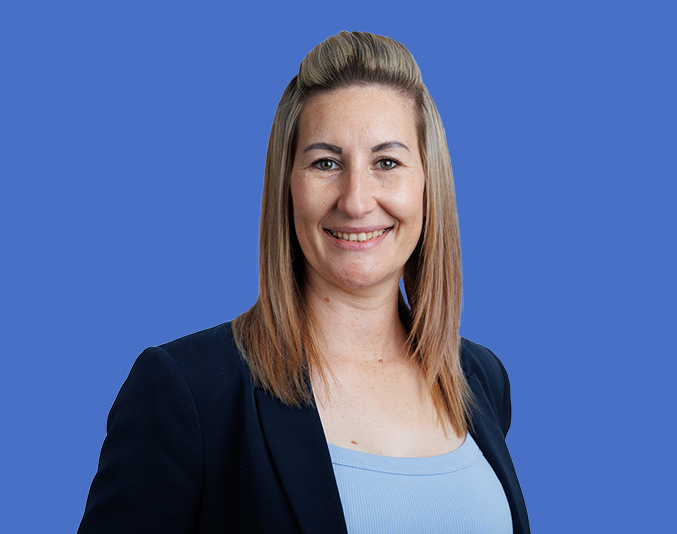What you need to know about life cover
ProtectionArticle3 April 2025
Life cover is simple, but that doesn’t mean all life policies are the same. Here’s what you need to know about how life insurance works, what you’re covered for, and how your policy will be paid out if something happens.
There’s nothing like the peace of mind that comes from knowing you’ve done everything you can to protect the future of the people who matter most. That’s why life cover can be so important.
Life cover pays a benefit to you, your beneficiaries or your estate if you die or you’re diagnosed with a terminal illness. You or your family can use that payment in any way – to pay off debts, take care of the costs of living with a serious illness, or simply cover your families’ living expenses into the future in the event that something happens.
Even though life cover sounds simple, not all policies are the same. Here are three things to think about when choosing life cover.
How much cover is enough?
Deciding on the right level of cover is personal. You’ll want to think about how much money your family would need to replace your income and the financial support they’d require if you were no longer around. That includes paying off your mortgage, loans, credit cards other debts, and living expenses.
Remember to factor in other funds your family might have– including money from your super, savings, the sale of any investments, even your leave balance if you’re working.
To help you, the Australian Securities and Investments Commission (ASIC) has a life insurance calculator to estimate the amount of cover you might need.
For personalised advice speak to a financial adviser. By looking at your current situation and future goals, they can help you decide your life cover needs, now, and in the future.
How is life cover paid out?
Your life cover benefit is typically paid to your nominated beneficiary (the person or people you name who’ll benefit if you pass away) or the policyholder, such as you, your spouse or your estate.
If your policy is through your super fund, the super fund trustee is the policyholder and will receive the benefit, then pay it to your beneficiaries or your estate.
There are differences in how life cover benefits can be paid and how they are taxed when through super. The rules are complex and everyone’s situation is different, so it’s important to seek professional tax advice.
How is my policy structured?
Life cover can be ‘stand-alone’ or ‘linked’ with total and permanent disability (TPD) or trauma cover. Linking can reduce premiums but might affect the total benefit if you claim.
For example, let’s say you have a $1 million life cover linked to $500,000 TPD cover. When you make a successful claim on your TPD cover, your life cover benefit will be reduced by the amount paid out.
The good news is you might be able to buy back extra life cover later. These buy-backs cost extra and must be in place before a claim. Be sure to read the product disclosure statement (PDS) to see how the policy can benefit you. For personalised advice speak to a financial adviser.
There are two ways you can buy Zurich Life Insurance.
Choose the option that best suits you.
With a financial adviser:
A financial adviser can help you understand your current financial situation, as well as your cover in a way that gives you the best value for money and suits your cashflow and tax objectives.
Directly from us:
If you know the type and amount of cover you need, Zurich Ezicover is a range of simple life insurance products. It’s easy to apply online.


